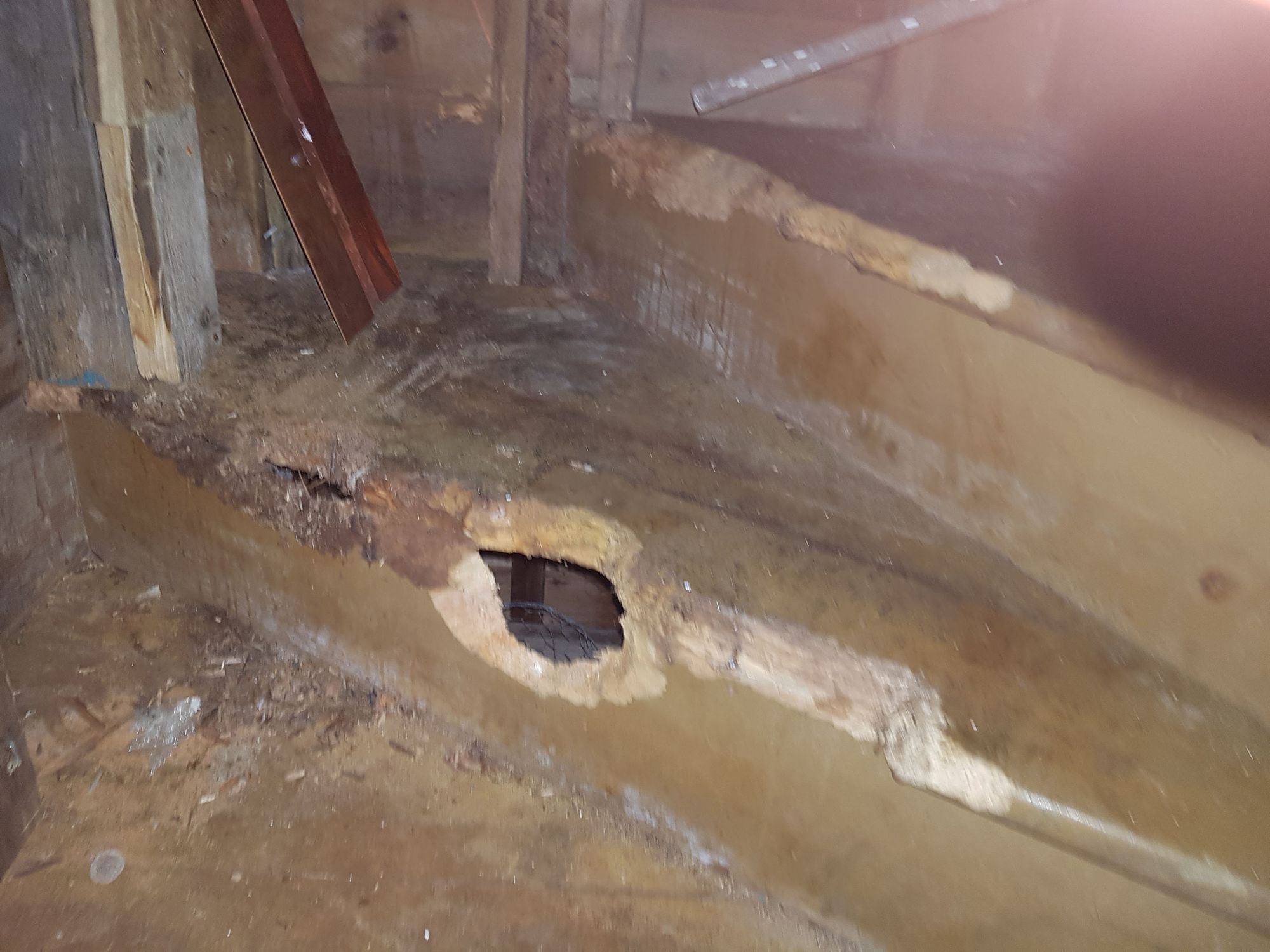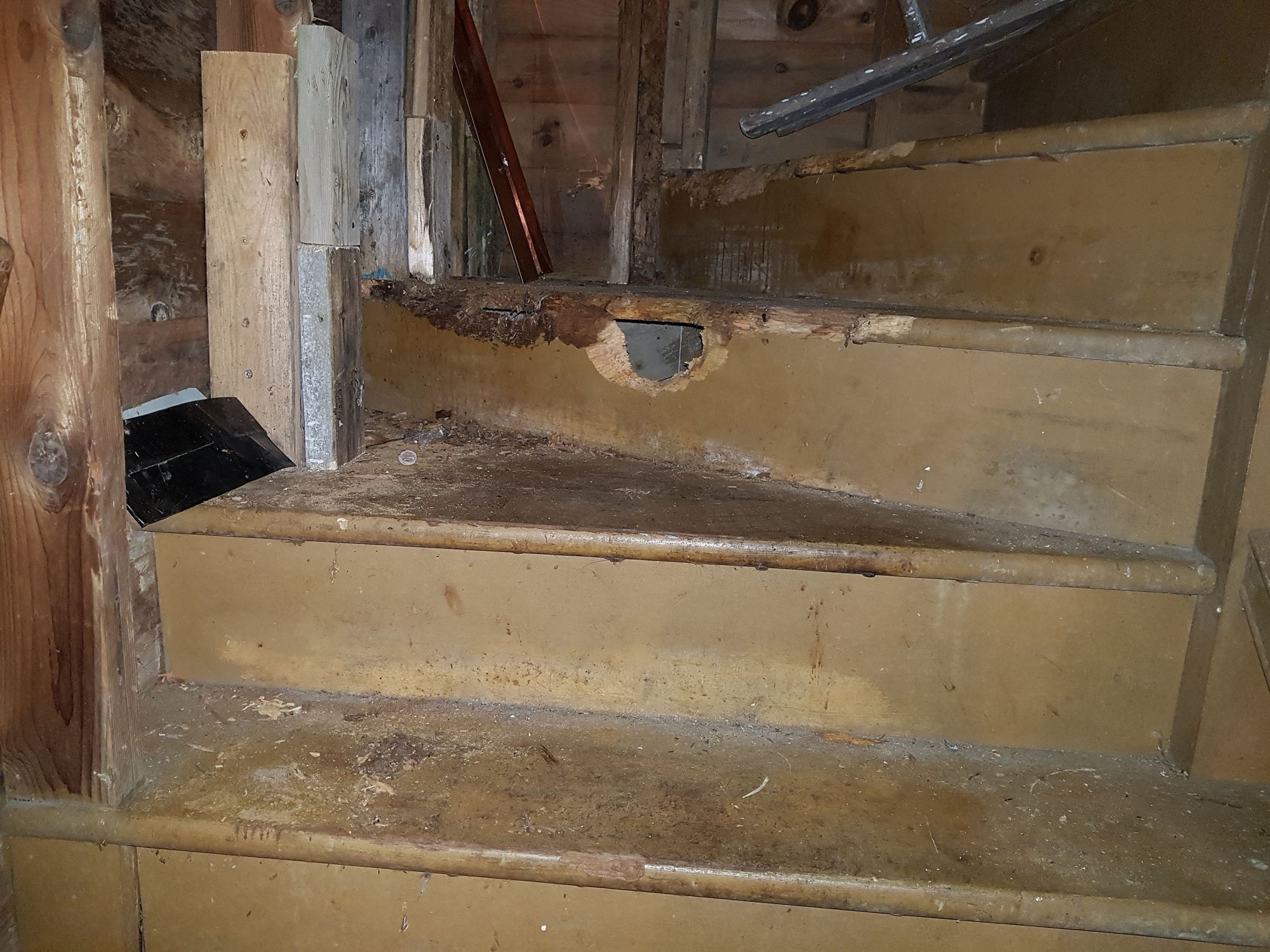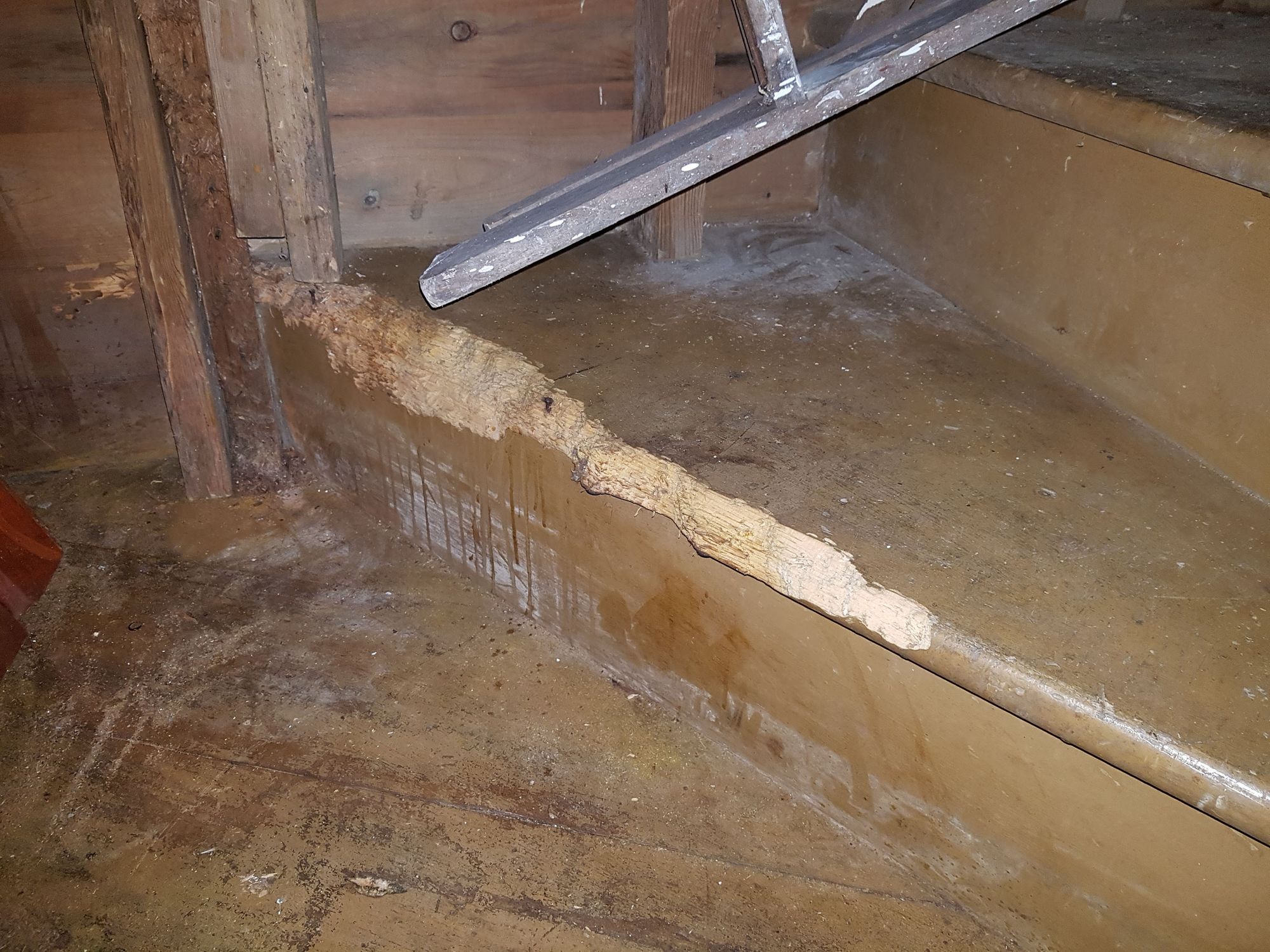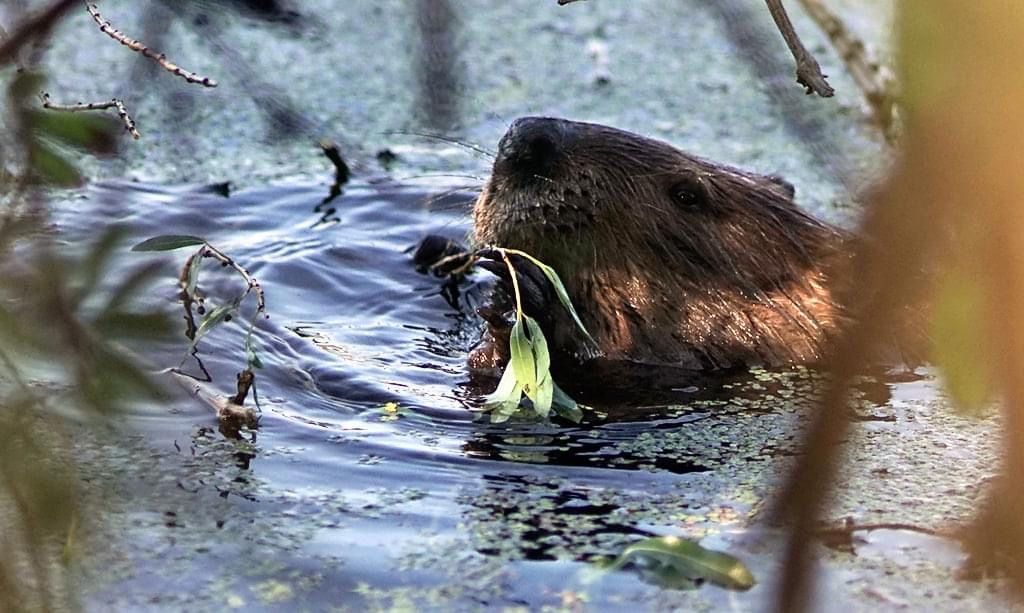Living on the St Lawrence River provides a virtually endless parade of nature’s creatures, in various shapes and sizes, furred, feathered, and finned. Mink, fluidly undulating across the shoreline; raccoons and skunks pottering about the lawn at night, searching for tasty tidbits, or using the birdbath to wash their dinner; herons in regal splendor surveying the River from the dock, no doubt looking for the fish which inhabit the River; squirrels and chipmunks galore, cavorting in the trees and along the old stone fences; zebra mussels encrusted eight inches deep on a dock support; shy little newts, who live in the box where our water pipes connect; song birds of all sorts, who wake me in the morning; the loons who call me to sleep at night; the bats who swoop through the night sky with such grace, snacking on the insects that pester us during the day; the deer who love to graze on our day lily buds, which I’m sure they view as an all you can eat salad bar; and a porcupine, who the dog discovered...the hard way.
All of these creatures, however, take second place to The Beaver. The beaver that has been eating our boathouse. The beaver upon which I have been sorely tempted to commit bodily harm.

Although we’ve had periodic incursions in years past, the real problem started with the extremely high water in 2017. Although we always put frames with screens over the boat slips in the winter, to keep debris and ‘interlopers’ from the boathouse, the frames do sometimes shift, so this critter was able to work its way past the screens. It took up housekeeping in the boathouse. It built a lodge on the walkway inside the boathouse. As the water level rose, the lodge was built higher, to keep it dry. I’m not sure if the beastie was too lazy to go out to find something on which to chew, or if the walls, studs, and stairs of the boathouse were, to it, like a fine, well-aged wine. Or maybe crack cocaine.
It started to chew on the wood of the boathouse. It ate holes in the steps to the second floor. It chewed on studs, creating a lovely half-moon effect, but in the process, pretty much destroying the integrity of the studs. It gnawed on anything that wasn’t painted.
Given the high water levels, we weren’t able to even get into the boathouse until August, when the water levels started to recede. That’s when we discovered our unwelcome house guest and the damage it had created. As we sloshed through the water still covering the interior docks, the beast actually swam past us, before disappearing into the boat slip! Viewing the damage was both annoying and distressing. It’s an old structure, so the immediate concern was the integrity of the building. The next concern was how to encourage this squatter to depart.


My Mother raised me as a conservationist. My degree is in biology. I will defend and protect nature, the environment, and it’s non-human denizens to the best of my ability, to speak for the creatures that can’t. But I seriously wanted to strangle this beaver. While I wasn’t particularly happy about it living in the boathouse, I definitely drew the line at having it nosh on it!
Discussions with the provincial fish and wildlife staff established a couple of facts: first, even if you live trap the beaver, it can’t be relocated further than 1 km from where it had been trapped, due to concerns about transmitting diseases to a new area; and second, within the area, any suitable habitat most likely already has a colony. Interlopers will be killed by the colony members. I was assured that this outcome would not be pretty.
Live trapping didn’t seem to be an option. I was reluctant to hire a trapper to kill the beaver. The dilemma was how to discourage the beaver – at least from chewing on the boathouse – without hurting it. This is where Ms. Google becomes one’s new best friend.
The answer was capsaicin. The chemical that makes hot peppers hot. Conveniently, I had just bought a large bag of ground cayenne pepper. We dusted the pepper over the areas that the beaver seemed to find the tastiest. The next step was to find a commercial preparation to spray on the woodwork. We did find one, and used it liberally and repeatedly.
That seemed to do the trick, at least as far as chewing on the walls and stairs were concerned. As the water level dropped, we dismantled and threw out the lodge. Over the next few months, although we saw signs of visitation, there was no more chewing and no new lodge.

Until 2019 … another high water year. There was a song that we learned when I was in grade school, entitled “And The Cat Came Back”. Yes, the beaver came back. As soon as we noticed signs of habitation, we started spraying the woodwork again. This time, the beaver only made what seemed to be half-hearted attempts at building a lodge.
It knew what was coming?
It was a different beaver?
Who knows?
I certainly don’t.
At this point in 2020, we haven’t seen any indications that our furry, flat-tailed friend has returned. Much as I don’t want it continuing to damage our boathouse, I do hope that it’s safe and has found more congenial lodgings. Hopefully not in your boathouse!
By Sarah Telfer
Sarah Telfer grew up in, on, and beside The River, even in winter – although that’s a whole different story! Despite years away, she always considered herself to be a River Rat. She returned to The River a few years ago, after she retired.
Posted in: Volume 15, Issue 9, September 2020, Nature
Please click here if you are unable to post your comment.
